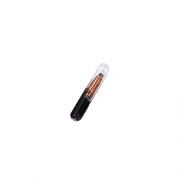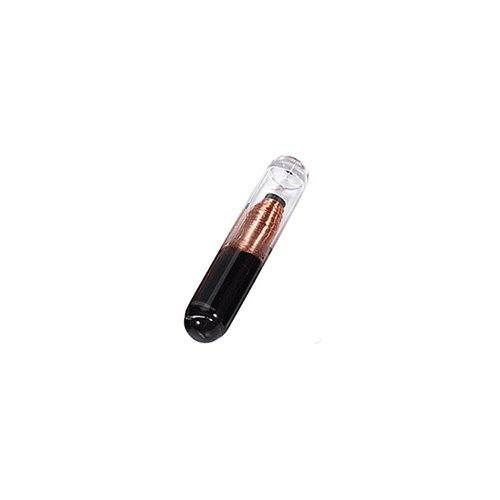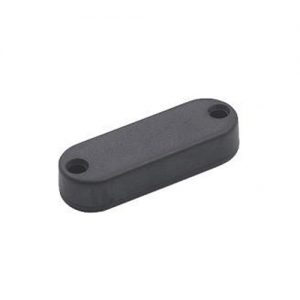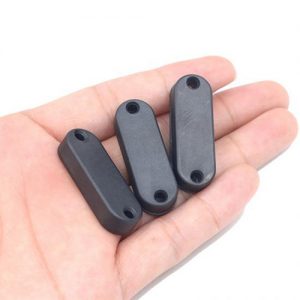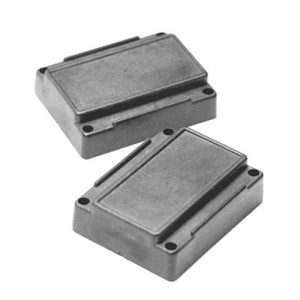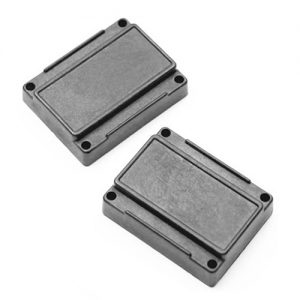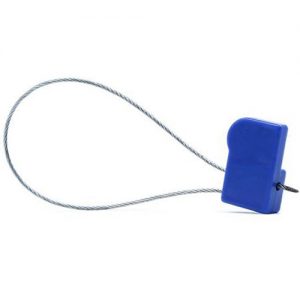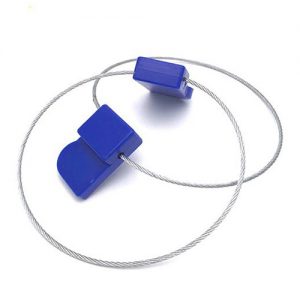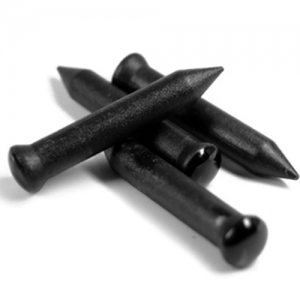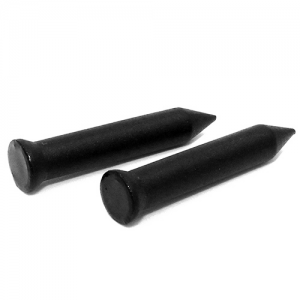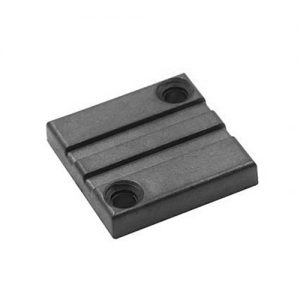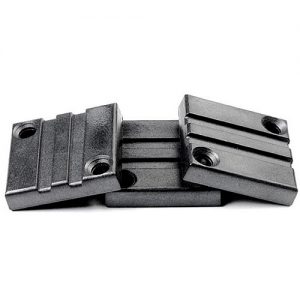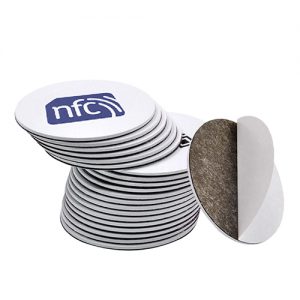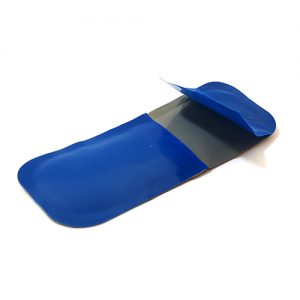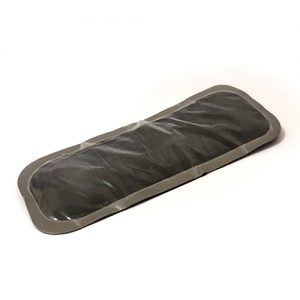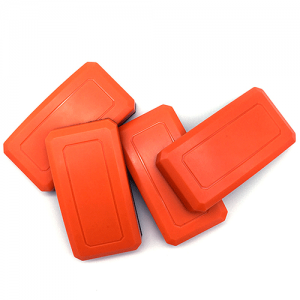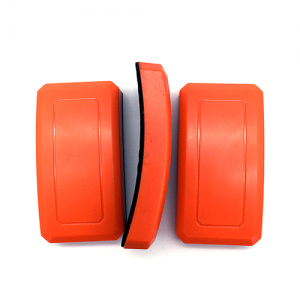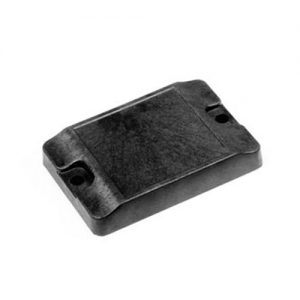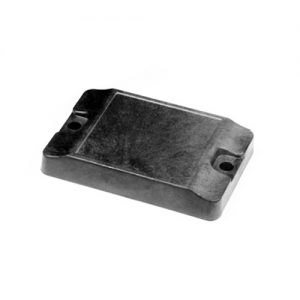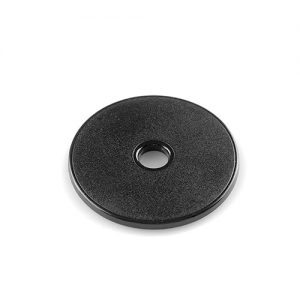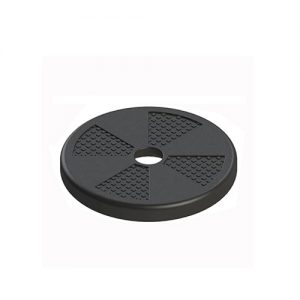1.4علامة زجاجية مقاس 8 مم EM4305 FDX RFID
- وصف
- نموذج الاتصال
وصف المنتج
1.4علامة زجاجية مقاس 8 مم EM4305 FDX RFID
This FDX RFID Microchip Tag is in small size 1.4*8mm. Our glass tag meets the international standard of animal identification. It is specially designed and can be injected into animal body. So people always use it to track and manage pet, animal raising and butchering, إلخ. A vet or trained implanter can carry out the injection via matched syringe. Takes only a few minutes and lasts a lifetime.
The biocompatible glass outside make the tag harmless to animals. Optional parylene coating will improve and accelerate tissue adhesion to prevent the movement of tags implanted subcutaneously into pets, fish or laboratory animals.
R17-A
Other name: RFID capsule tag
مادة: Bio-coating, Biochemical glass, antibacterial,antiallergic
البعد: 1.4*8مم (OR 1.25*7mm, 2.12*8مم, 2.12*12مم, إلخ.)
تكرار: 125~134.2kHz
خيارات الرقاقة: طباعة الرقم التسلسلي بالليزر (FDX-B)
قراءة المسافة: 0~20mm, depend on the reader and environment
تعقيم: 100% Medical-grade sterilization
Disinfection Method: EO (ethylene oxide) disinfection
درجة حرارة التشغيل: -25~80°C
حفظ: هوية, tracking management of animal, pet; Scientific medical testing, إلخ.
Dimensions and Suitable for users:
25*7مم, 1.4*8مم, these two sizes of rfid glass tag fit for animals like mouse
2.12*8مم, 2.12*12مم, these two sizes of rfid glass tag fit for cattle, dog, إلخ.
3*15مم, 4*23مم, these two sizes of rfid glass tag fit for bigger animal
RFID Glass Tag Features:
• Bio-compatible glass encapsulation (Sterilized by EO for 24 hours to protect animal from being infectedd)
• Small size, Easily implanted and no impact on the animal.
• Sterilization and Anti-infection, Anti-bacterial, Anti-allergy, Anti-rejection
• Unlimited resistance to water and chemical absorption
• High stability over fluctuating temperatures
• Meets the international standard of animal identification
How Does Animal Microchip Tag Work?
1) Scan the animal to verify whether he or she has a microchip that has been previously implanted
2) Scan the microchip pack to verify that the microchip is functional, and that the ID code matches the accompanying barcode labels
3) Implant the microchip then re-scan the animal to verify if the microchip can be locallized
4) Complete the pet’s registration in a database like PetLink
5) Record the tracking number of the microchip
6) If the pet is ever lost, hopefully his or her microchip can be scanned, and the owner’s information retrieved
كيف يمكنني تقديم طلب?
♦ لأي سؤال أو طلب ، يمكنك الاتصال بنا على sales@tp-rfid.com
♦ يرجى تقديم تفاصيل متطلباتك بأكبر قدر ممكن من الوضوح. حتى نتمكن من إرسال عرض دقيق لك في المرة الأولى.

